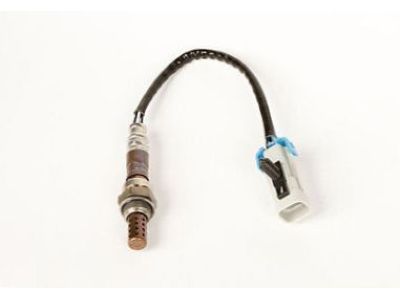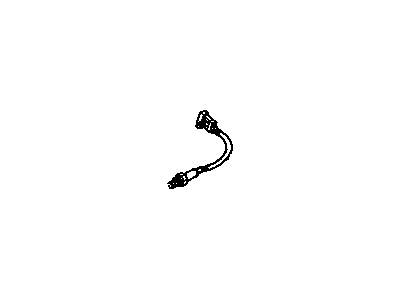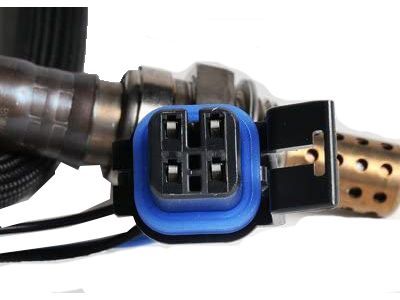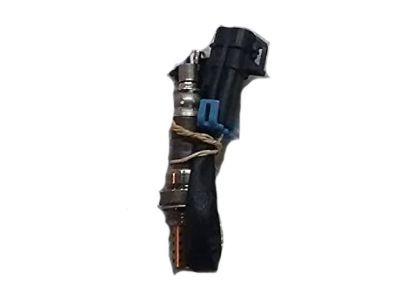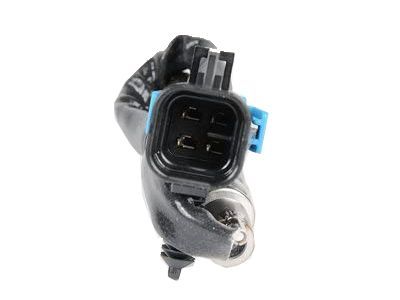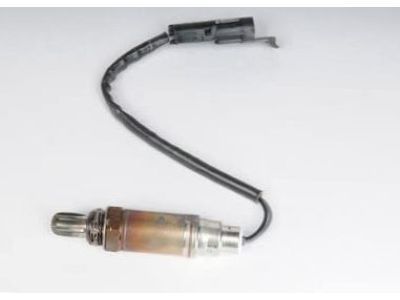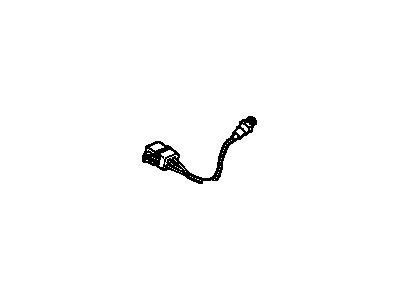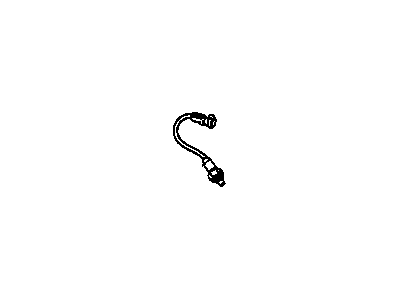
My Garage
My Account
Cart
Genuine Cadillac Eldorado Oxygen Sensor
Oxygen O2 Sensor- Select Vehicle by Model
- Select Vehicle by VIN
Select Vehicle by Model
orMake
Model
Year
Select Vehicle by VIN
For the most accurate results, select vehicle by your VIN (Vehicle Identification Number).
7 Oxygen Sensors found
Cadillac Eldorado Sensor,Heated Oxygen
Part Number: 12559850$59.70 MSRP: $121.78You Save: $62.08 (51%)Ships in 1-2 Business DaysCadillac Eldorado Sensor Asm,Heated Oxygen
Part Number: 19178958$65.37 MSRP: $125.22You Save: $59.85 (48%)Ships in 1-2 Business DaysCadillac Eldorado Sensor Asm,Oxygen
Part Number: 19211435$52.59 MSRP: $164.76You Save: $112.17 (69%)Ships in 1-2 Business DaysCadillac Eldorado Sensor Asm,Heated Oxygen<Do Not Use, Contact Tech Specialist
Part Number: 19355308$71.00 MSRP: $144.84You Save: $73.84 (51%)Ships in 1-2 Business DaysCadillac Eldorado Sensor Asm,Heated Oxygen
Part Number: 19178939$50.69 MSRP: $143.32You Save: $92.63 (65%)Ships in 1-2 Business DaysCadillac Eldorado Sensor,Exhaust Oxygen
Part Number: 19211437$18.91 MSRP: $33.92You Save: $15.01 (45%)
Cadillac Eldorado Oxygen Sensor
The Oxygen Sensor is a crucial component of Cadillac Eldorado cars as it regulates the amount of remaining oxygen in the exhaust emissions so as to enhance the proportionate mixture of air and fuel in the vehicles for superior performance and less polluting of the environment. It produces a voltage signal in relation to the level of the oxygen present and this signal is used by the engine control computer to alter the pulse wide of the fuel injector. It also provides this engine function as a feedback system called 'Closed loop' thus improving the efficiency of the catalytic converter. Most Cadillac Eldorado versions use zirconium dioxide for oxygen sensors that can be either narrow-band or wide-band. The narrow-band sensors give the inputs in the form of rich/lean signals and the wide-band sensors give a wider range inputs of the air-fuel mixture. The main difference is in the work range and the method of signal generation, and the sensors of the wide band provide more accurate information. However, they get contaminated with time and thereby cause higher emissions and a potential problem with the vehicle's performance.
Each OEM Cadillac Eldorado Oxygen Sensor we offer is competitively priced and comes with the assurance of the manufacturer's warranty for the part. Furthermore, we guarantee the speedy delivery of your orders right to your doorstep. Our hassle-free return policy is also in place for your peace of mind.
Cadillac Eldorado Oxygen Sensor Parts Questions & Experts Answers
- Q: How to test and replace an oxygen sensor on Cadillac ElDorado?A:The oxygen sensor exists as a device producing electrical output through the detection of exhaust gas oxygen content and it finds residence inside the exhaust system usually in the manifold or downpipe adjacent to the catalyst. The sensor output voltage varies between zero and one volt which signals a lean mixture when decreased but indicates a rich mixture when increased; correct air-to-fuel ratios result in 0.4 to 0.6 voltmeter reading fluctuations. The initial sensor provides information about engine emissions before they enter the catalyst pathway and the second sensor evaluates these emissions after catalyst processing so the PCM receives overall catalyst performance data. The sensor works at a specific temperature range and it begins OPEN LOOP operation before transit to CLOSED LOOP control when the engine reaches operating temeprature. During CLOSED LOOP mode the PCM adjusts air-fuel ratios according to detected sensor inputs. Quick CLOSED LOOP operation becomes possible when a heated oxygen sensor regulates its operating temperature at its optimal level. Sensor testing requires inspecting its visual state as well as verifying its air supply and examining fuel injectors and fuel pressure levels before investigating vacuum and exhaust leaks together with other potential issues. Engine warming up followed by battery disconnection allows the user to use a special socket for sensor separation while applying anti-seize compound to threads before applying gravitational torque for reinstallation.
Related Cadillac Eldorado Parts
Browse by Year
2002 Oxygen Sensor 2001 Oxygen Sensor 2000 Oxygen Sensor 1999 Oxygen Sensor 1998 Oxygen Sensor 1997 Oxygen Sensor 1996 Oxygen Sensor 1995 Oxygen Sensor 1994 Oxygen Sensor 1993 Oxygen Sensor 1992 Oxygen Sensor 1991 Oxygen Sensor 1990 Oxygen Sensor 1989 Oxygen Sensor 1988 Oxygen Sensor 1987 Oxygen Sensor 1986 Oxygen Sensor 1985 Oxygen Sensor 1984 Oxygen Sensor 1983 Oxygen Sensor 1982 Oxygen Sensor
